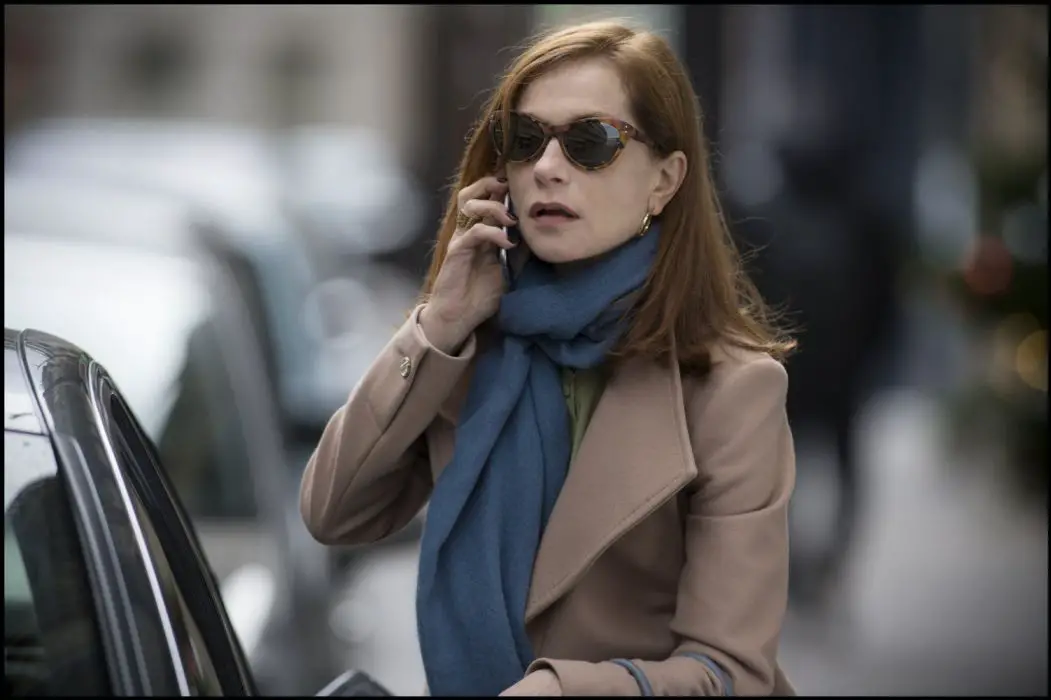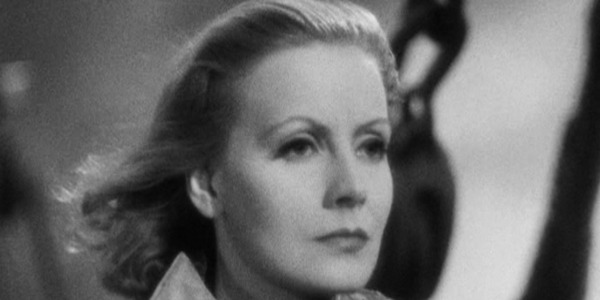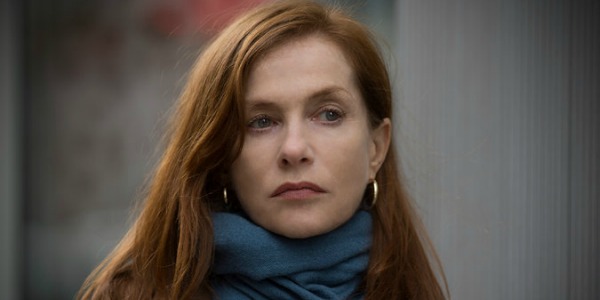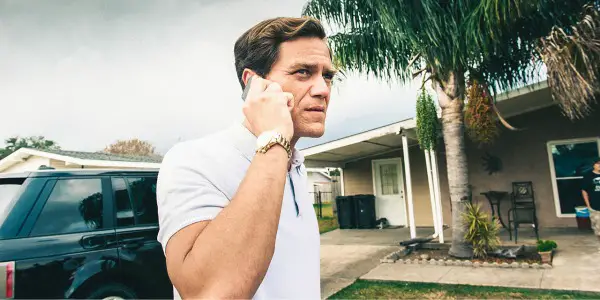Actors As Auteurs: Making Room For Other Collaborators In Film Authorship

Kate Blair enjoys writing about film and feminism. She currently…
There’s a reason why movie stars captivate us, and it’s not just because of their beauty or their lavish lifestyles. The greatest actors offer up pieces of their themselves with each performance, renegotiating reality with viewers for a brief stretch of time and space. In turn, we invite them into our hearts and our homes – living momentarily in their visions.
Films are dense fabrics: combinations of talents, points of view, materials, individual histories, and visions. Cultural critics have always been unapologetic about their reverence for the stars, but because of the lasting influence of Auteur Theory, critical conversations still tend to be framed in terms of the director. At its base, auteur theory is the idea that the director is the primary “author” of a movie, frequently tackling similar themes with a camera. It’s time we opened up auteur theory to include more than just the director. Actors have a very different set of tools than directors, but they can still construct the meaning of a film.
The idea that stars are at the center of films is basically as old as the modern cinema itself and pre-dates auteur theory, which came to popularity in the late ’60s in America. Florence Lawrence, known as the “Biograph Girl,” became one of cinema’s first and most popular stars in the early 1900s. Then, under the studio system, actors were understood as unique types. Many of these might now be understood to be auteurs. Actors like Humphrey Bogart, Robert Mitchum, Cary Grant, Sidney Poitier, Katharine Hepburn, and many others have a unique persona they carry with them from film to film.
Greta Garbo, The Radiant Star
No one else embodied the star system or stardom itself quite like Greta Garbo, who might also be the quintessential actress auteur. While Garbo worked with a number of directors who may now be thought of us auteurs, she remains at the center of her films – truly the thread that pulls them all together. I love many of the auteur directors she worked with, from Rouben Mamoulian to Ernst Lubitsch, but once you place Garbo on screen, it becomes her film. In close-ups, she works an intimate romance with the camera.

Of Garbo, actress Bette Davis once said, “her instinct, her mastery over the machine, was pure witchcraft.” As Davis suggests, it’s hard to describe exactly what Garbo is doing or how she does it, and this great mystery is part of her profound influence on the screen. She must be intimately aware of the camera, yet its gaze bounces off of her like beams of sunlight off the moon. And as she looks out beyond the camera, she could be looking into the heavens.
Garbo has a face that we can meditate with, a solitary and beautiful androgyny. Roland Barthes wrote a famous passage in which he concludes that the mask-like features of Garbo’s face create “a platonic ideal of a person” and “an idea.” As Anne Helen Peterson interprets it, “A close-up on her face was tantamount to a close-up on your own: it was so intimate that her feelings (despair, resignation, bliss) became yours.”
In the shot that encapsulates her stardom, Garbo stares off into the distance, beginning life over again after a tragedy. In this scene, director Rouben Mamoulian famously told Garbo to remain blank, to let the audience do the writing. Garbo stands at the bow of the ship, facing an unknown future, and the camera glides slowly into a deep close up of her face. Garbo’s fantastic power on screen was to somehow channel the audience’s emotion through her visage; this magic is her auteurism at work.
Isabelle Huppert, Master of Opacity
As the studio system began to collapse, new wave cinemas across the world brought a new authenticity to the movies as well as new types of acting methods and modes of auteurism. Isabelle Huppert’s austere acting style, several generations removed from Garbo’s, is very different, but no less captivating.
Unlike Garbo, who radiates viewer identification, Isabelle Huppert has an inscrutable quality and an ability to close herself off from the audience. She has perfected a hardened look of withdrawal, only intermittently providing access to her interior world. It is a heavily inward look that begs the viewer’s empathy, but denies them the ability to do so. Huppert’s acting suggest a psychology that is unreachable to the viewer, a woman who has created a protective shell around herself.

The Piano Teacher remains one of her crucial performances. In the film, Huppert plays Erika, a piano teacher who enters into a sadomasochistic relationship with one of her students and is assaulted by him. The film is defined by her stillness and cold stare, which isn’t vacant, but teeming with unspoken fears and desires. Huppert masterfully reveals very little. Through her incredibly restrained performances, there are moments when her mask unravels in sudden revelations, sometimes violent, sometimes mysterious.
To play Michèle Leblanc in the recent Elle, Huppert trades in some of her hard gazes for slightly more conspicuous mannerisms – smirks and facial antics that hide buried emotions. Her irreverence masks vulnerability As Michèle enters into a strange relationship with her rapist, this characteristic opacity keeps us guessing at her motives. As Miriam Bale points out in her essay on the film for New Republic, director Paul Verhoeven follows Huppert’s lead in the film, making her an auteur. At the New York Film Festival, Huppert told a post-press screening crowd, “I think Paul said that he was interested with what I was doing, because since I was a woman, by definition I would know more than him, what I was supposed to do. It is a kind of documentary about a woman.”
In a dinner party scene that forms the centerpiece of the film, Michèle sits down with her neighbor and begins telling him the tragic story from her childhood that made her notorious in France, in which her father murdered a number of neighborhood children and enlisted her help to burn the bodies. She tells the story with an ironic, flippant distance, despite the growing discomfort of her one-man audience.
She talks about a famous photo, taken by a bystander, which has become emblematic of the incident. “My empty stare in the photograph is terrifying,” she says. And interestingly, while Huppert herself never created that moment, it perfectly describes her acting style and her own relationship with the audience. Huppert’s gift is in defying the viewer to understand anything about her.
Michael Shannon, The Visionary
Another of my favorite auteur actors is Michael Shannon. Like a classic-era star, he has a recognizable persona that owes much to his unique appearance. His lined face, stable gaze, and unusual look make him stand out as a character actor; his ability to draw viewers into his singular point of view, whether he’s making us believe in literal visions, or converting us to his worldview, makes him an auteur.
In Bug and Take Shelter his characters’ visions are so potent that he conjures them, and his companions are drawn into his hallucinations. In Bug, Shannon plays Peter Evans, a paranoid man who believes the government has planted a colony of bugs in his teeth. Shannon’s sheer commitment to Evans’ delusions make the movie riveting. In one grotesque sequence, Evans yanks out his own tooth with pliers and puts it under a microscope. He lets out a yelp, his suspicions evidently confirmed. His girlfriend, Agnes (Ashley Judd), looks in and her mouth widens as she sees finally the bugs too.
In Take Shelter, Shannon’s character, Curtis, becomes convinced through apocalyptic visions that an earth shattering storm is coming. Director Jeff Nichols uses the camera to highlight Shannon’s expressions as he analyzes the strange swarms of birds and ominous clouds in the sky. His face is open rather than disbelieving, even though no one else can see what he sees. His gaze is merely analytical, worried, assessing the possible threat. In the powerful closing scene, his wife and daughter see the storm too, as it rolls in over the ocean.

Even in less hallucinatory roles, Shannon possesses a religious vision. The 2014 film 99 Homes opens with a long tracking shot that introduces Shannon as both the center and the antagonist of the movie. The camera follows him as he bursts into a foreclosed home where a man has just taken his life, barks orders into his cellphone and at the clean-up crew, and enters his vehicle, ready to move onto the next house and earn his cut. This sequence also demonstrates the persona Shannon emits, a ruthless pragmatism based purely on survival. Later he tells his protege, “only 1 in 100 is gonna get on on that arc, son, and every other poor soul’s gonna drown. I’m not gonna drown.”
Actors leave unique marks on their films, and they deserve our critical attention. There are some performers whose essential qualities burst through the seams of a film, who take every frame and make it it their own by sheer force of magnitude. Opening up space for actors to construct the meaning of a film will only enrich discussions of cinema and provide more avenues for viewers to indulge their cinephilia.
Who are some of your favorite actor auteurs?
Does content like this matter to you?
Become a Member and support film journalism. Unlock access to all of Film Inquiry`s great articles. Join a community of like-minded readers who are passionate about cinema - get access to our private members Network, give back to independent filmmakers, and more.
Kate Blair enjoys writing about film and feminism. She currently resides in Chicago with her wife, cat, dog, and an endless pot of coffee. Find her on Letterboxd: https://letterboxd.com/Selective_Kate












